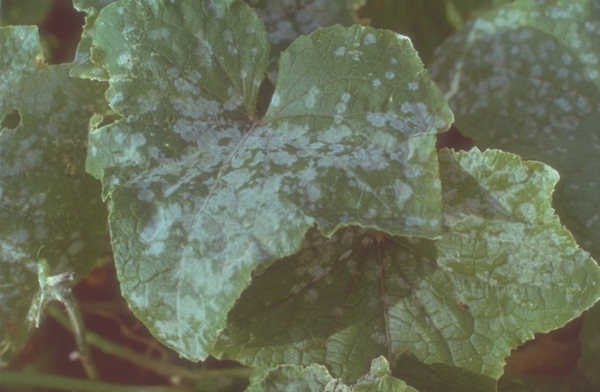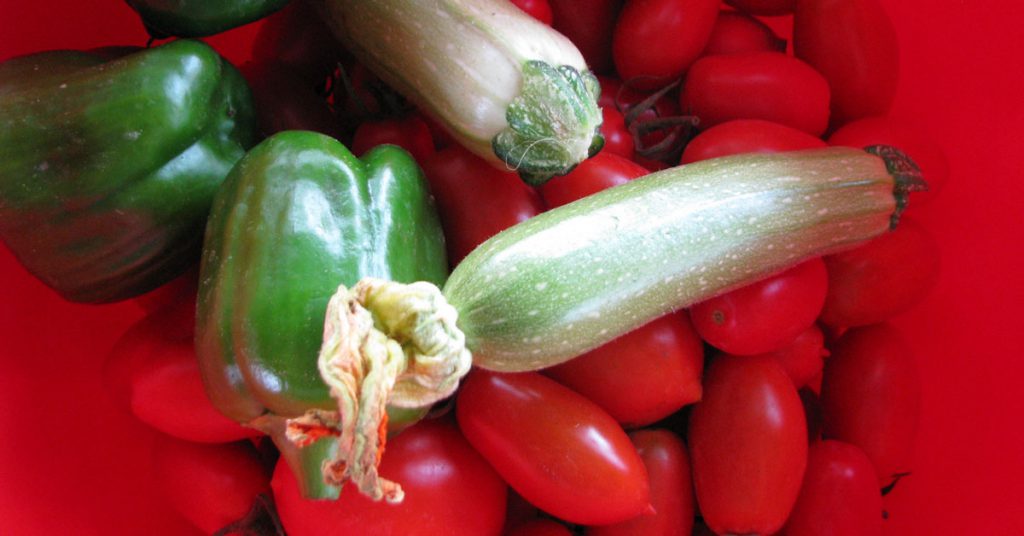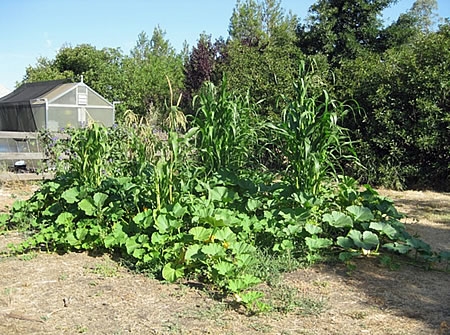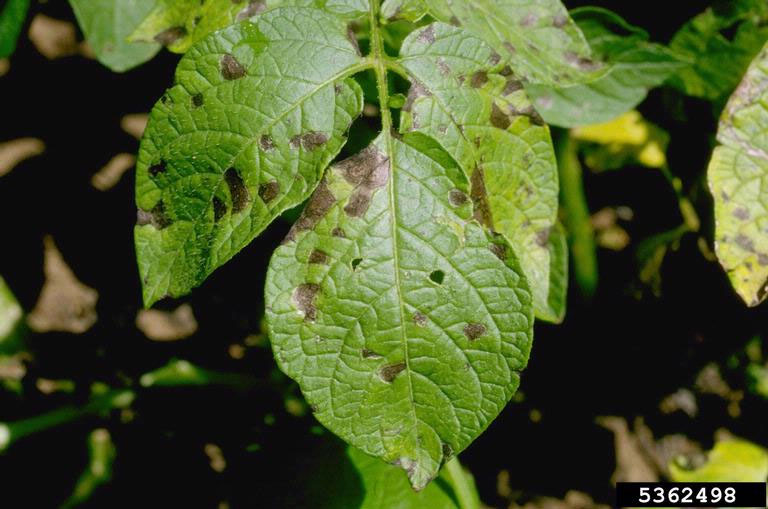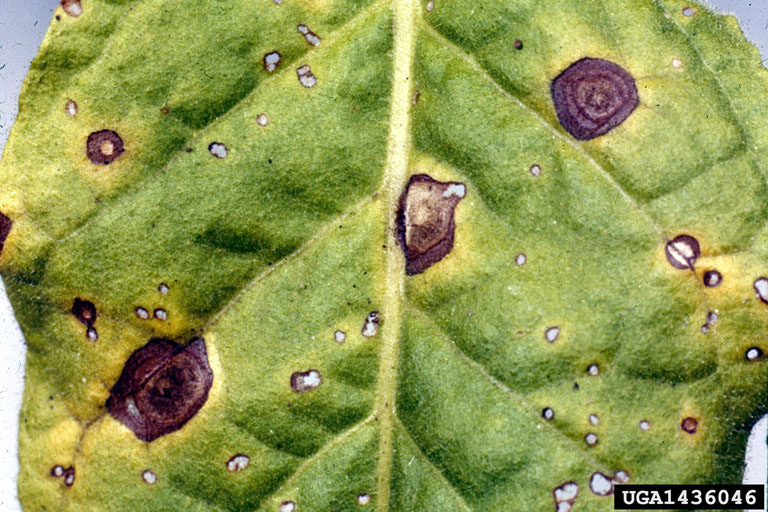In cucurbits (cucumbers, pumpkins) we find powdery mildew of cucurbits infestations by all three pathogens, which can often coexist.
Scientific name: Erysiphe cichoracearum, Sphaerotheca fuliginea, Leveillula taurica, Erysiphe cichoracearum, Sphaerotheca fuliginea, Leveillula taurica, Erysiphaceae, Erysiphales, Podosphaera xanthii
Other name: Powdery Mildews
Greek name: Ωίδιο Αγγουριάς
Symptoms
In infestation by Erysiphe cichoracearum, small, round spots appear at the beginning, which, as the disease progresses, expand, acquire a chlorotic algae and are covered by the characteristic white rash.
Growth of the fungus causes deformities in leaves and stems. The spots on the leaves develop into necrotic spots and destroy them. Small black spots that may be present on the affected leaves are the fungus’s closed cases.
Infestation by Sphaerotheca fuliginea is widespread in all cucumber, melon and pumpkin growing areas.
At first, light-colored spots appear on the upper surface of the leaves, which then expand and turn grey and cover the entire stem.
The infestation occurs mainly on fully developed leaves and rarely on fruits. In severe infestations the whole plants are destroyed.
The fungus Leveillula taurica causes light yellow spots to appear on the leaves of cucumber which develop into necrotic spots. Fungal decay occurs under favourable conditions on both leaf surfaces.
Pathogens – Growth conditions
The fungus Erysiphe cichoracearum is an obligate ectoparasite, i.e. it grows only on the outer surface of the tissues and sends mycelia inside the cells to feed (unlike the fungus Leveillula taurica which grows on the mid-leaf). It is a pathogen widespread in the temperate zone. It reproduces by ascospores, which germinate in a wide temperature range. After germination within 2 hours it forms an appressorium and then pierces the epipenidium.
The fungus grows rapidly and in warm areas it reproduces with conidia, which do not require very high relative humidity to germinate.
The mycelium grows on the surface of the affected tissue.
The fungus Sphaerotheca fuliginea is also an obligate pest. It can overwinter with the conidia in the greenhouse and infect the new crop. The conidia germinate at temperatures of around 25 °C and at high relative humidity (90-100 %). The mycelium grows on the surface of the tissues, initially glassy and dense and then turns brown. Closed cases are rarely formed.
The infestation starts in patches and expands rapidly.
The fungus Leveillula taurica is also an obligate parasite, infecting from the stomata. It enters the tissues and grows endophytically in the mesophyll. From there the conidiophores develop, appearing as a white excrescence. These produce the fungal spores (conidia) which are dry spores, are carried by the wind and do not require high humidity conditions to germinate. This is why powdery mildew of cucurbits is a widespread disease even in relatively dry conditions compared to other pathogens.
The conidia also spread the disease to healthy plants.
Spore germination and penetration can be completed within 3 hours.
Treatment
Powdery mildew of cucurbits is one of the most serious diseases of cucurbits and there are different degrees of susceptibility of the three pathogens to the various active substances.
Protective control of the crop and early intervention with appropriate fungicides is recommended.
Source
www.bayercropscience.gr
Erysiphe cichoracearum
Powdery mildew of cucurbits
Tags: CUCUMBERS • PLANT DISEASE • POWDERY MILDEW • ZUCCHINI

